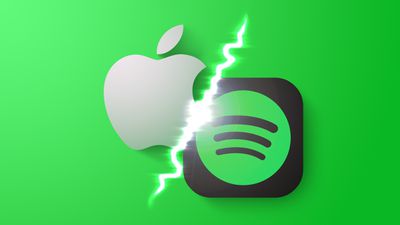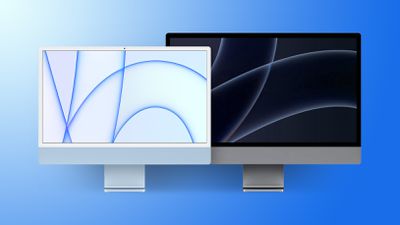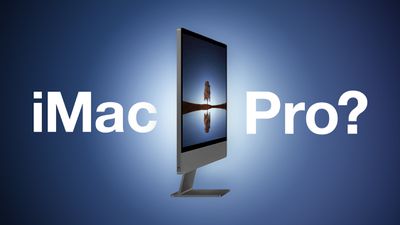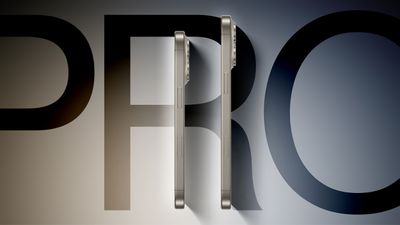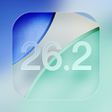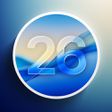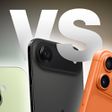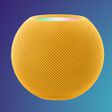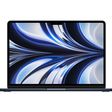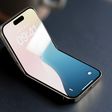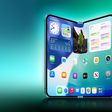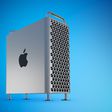Today we're tracking a large collection of discounts on the 2024 M4 iPad Pro at Amazon, which includes multiple all-time low prices on both 11-inch and 13-inch models.
 Note: MacRumors is an affiliate partner with some of these vendors. When you click a link and make a purchase, we may receive a small payment, which helps us keep the site running.
Note: MacRumors is an affiliate partner with some of these vendors. When you click a link and make a purchase, we may receive a small payment, which helps us keep the site running.
11-Inch
For the smaller 11-inch M4 iPad Pro, Amazon has an all-time low price on the entry-level 256GB Wi-Fi tablet, available for $899.00, down from $999.00. Amazon has every model of the 11-inch iPad Pro on sale right now, including both Wi-Fi and cellular versions.
- 256GB Wi-Fi - $899.00, down from $999.00
- 512GB Wi-Fi - $1,099.00, down from $1,199.00
- 1TB Wi-Fi - $1,484.00, down from $1,599.00
- 1TB Wi-Fi (Nano-Texture Glass) - $1,599.00, down from $1,699.00
- 2TB Wi-Fi - $1,899.00, down from $1,999.00
- 2TB Wi-Fi (Nano-Texture Glass) - $1,999.00, down from $2,099.00
13-Inch
Similar to the 11-inch models, Amazon has every Wi-Fi and cellular version of the 13-inch M4 iPad Pro on sale this week. Prices start at $1,197.00 for the 256GB Wi-Fi tablet, and totals up to $200 off these devices.
- 256GB Wi-Fi - $1,197.00, down from $1,299.00
- 512GB Wi-Fi - $1,379.00, down from $1,499.00
- 1TB Wi-Fi - $1,749.00, down from $1,899.00
- 1TB Wi-Fi (Nano-Texture Glass) - $1,839.00, down from $1,999.00
- 2TB Wi-Fi - $2,099.00, down from $2,299.00
- 2TB Wi-Fi (Nano-Texture Glass) - $2,287.92, down from $2,399.00
Be sure to visit our full Deals Roundup to shop for even more Apple-related products and accessories.


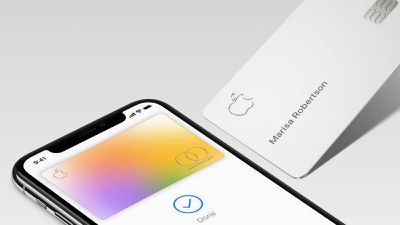

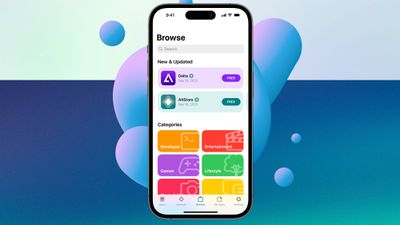








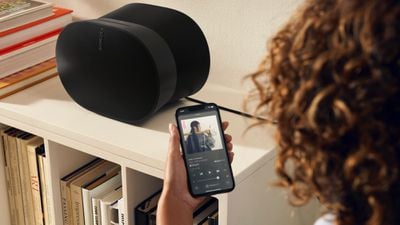
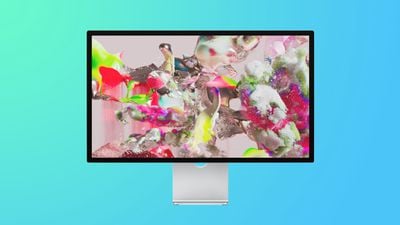 Note: MacRumors is an affiliate partner with Amazon. When you click a link and make a purchase, we may receive a small payment, which helps us keep the site running.
Note: MacRumors is an affiliate partner with Amazon. When you click a link and make a purchase, we may receive a small payment, which helps us keep the site running.


 Note: MacRumors is an affiliate partner with Samsung. When you click a link and make a purchase, we may receive a small payment, which helps us keep the site running.
Note: MacRumors is an affiliate partner with Samsung. When you click a link and make a purchase, we may receive a small payment, which helps us keep the site running.